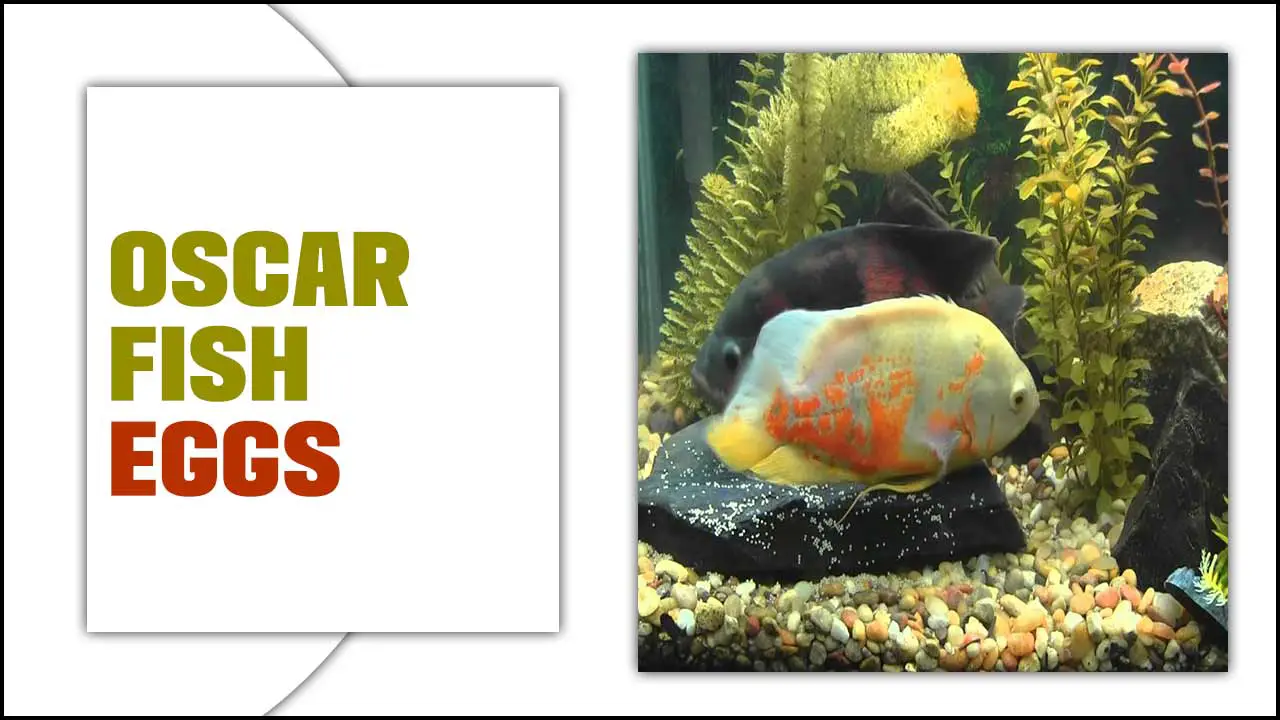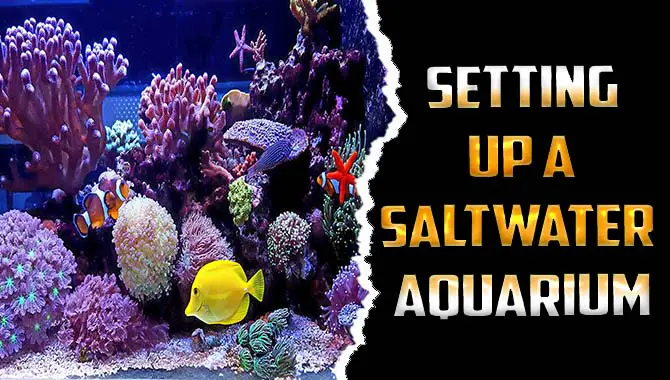Guppies are easy to care for, and they make great pets. One of the most exciting things about guppies is their reproductive process. However, hatching Guppy Eggs can be a tricky task for pet owners.
It requires a lot of patience, attention to detail, and the right environment to ensure that the eggs hatch successfully. Guppy-Eggs, being transparent and small, have a dark spot that represents the developing embryo. The number of eggs a female guppy produces varies depending on her age, size, and health.
Here we will provide you with a complete guide on how to hatch Guppy-Eggs successfully. We’ll also talk about common mistakes people make when hatching Guppy-Eggs and how to avoid them. Read on to learn all you need about hatching Guppy-Eggs like a pro.
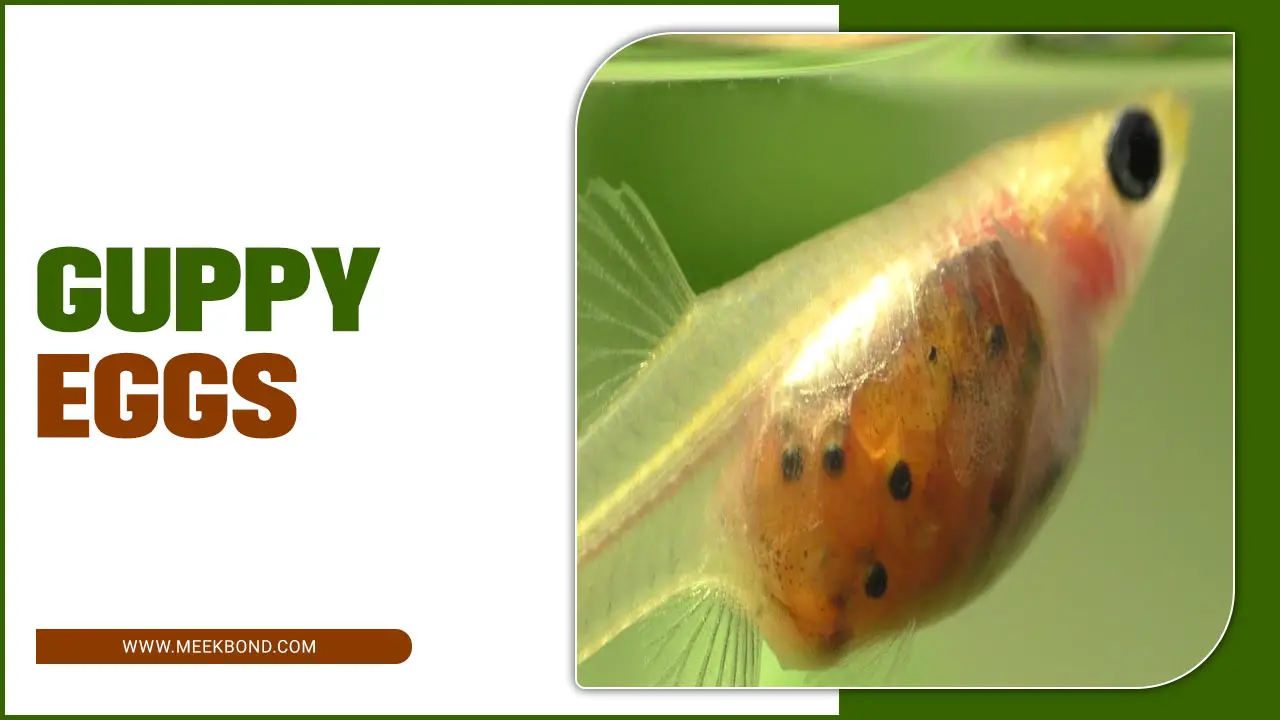
Understanding The Guppy Reproduction Process
Understanding the reproductive anatomy of guppies is crucial in successful guppy egg hatching. Guppies are livebearers, meaning they give birth to live fry instead of laying eggs. Female guppies have a gestation period of approximately 21-30 days, during which they carry the developing fry in their bodies.
Identifying pregnant female guppies and separating them from males is important to prevent stress and aggression. Providing proper nutrition to pregnant guppies ensures healthy offspring. Maintaining optimal water quality and temperature conditions throughout the reproduction process is essential for the successful hatching and early development of guppy fry.
Guppy Eggs: A Guide To Successful Hatching
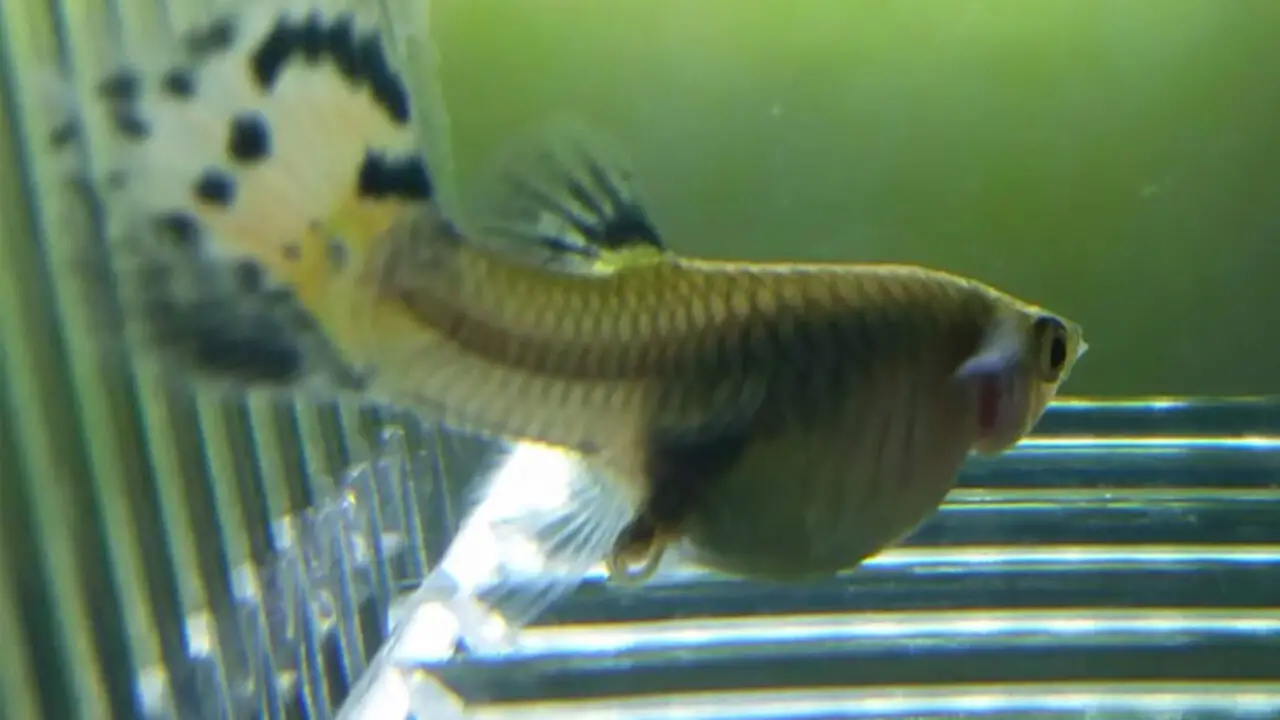
Proper preparation is essential for successfully hatching Guppy Eggs. Ensure the tank has the right temperature, pH level, and cleanliness. To protect the eggs from predators, isolate the gravid female guppy in a separate tank. Use a separate container or breeding box for incubation, ensuring the eggs are safe and well-oxygenated. Provide small amounts of food every few hours to ensure the fry receives enough nutrition. It’s important to monitor the eggs and fry closely, being patient as they develop and grow.
Choosing The Right Egg Incubator
When choosing the right egg incubator for Guppy-Eggs, several important factors must be considered. Size, cost, and features are all key considerations. Finding an incubator that provides consistent temperature and humidity control is crucial to ensure successful hatching. Some incubators even have automatic turning mechanisms, which can improve hatch rates.
Following manufacturer instructions and regularly monitoring the incubator is vital. And don’t forget to thoroughly clean the incubator before and after use to prevent contamination. Choosing the right egg incubator is an essential step in the successful hatching of Guppy-Eggs.
Washing And Sanitizing The Eggs
Properly washing and sanitizing Guppy-Eggs is crucial for ensuring their successful hatching. To prevent disease and contamination, cleaning the eggs before placing them into the hatching container is important. You can use a gentle baking soda and water solution to wash the eggs and rinse them thoroughly in clean water afterward.
This cleaning process not only helps eliminate potential pathogens but also promotes the health of the fry and increases hatch rates. By prioritizing cleanliness and sanitization, you can give your Guppy-Eggs the best chance of hatching successfully.
Adding Water To The Incubator
When adding water to the incubator for Guppy-Eggs, it’s important to ensure that the water is distilled or dechlorinated. This helps maintain a suitable environment for egg development. Be sure to fill the water to the recommended level, as too little or too much water can affect the hatching process.
Additionally, it’s crucial to maintain the temperature and humidity levels in the incubator. Regularly check the water level and add more as necessary, but be careful not to touch the eggs to prevent any damage to the delicate embryos.
Turning On The Heat In The Incubator
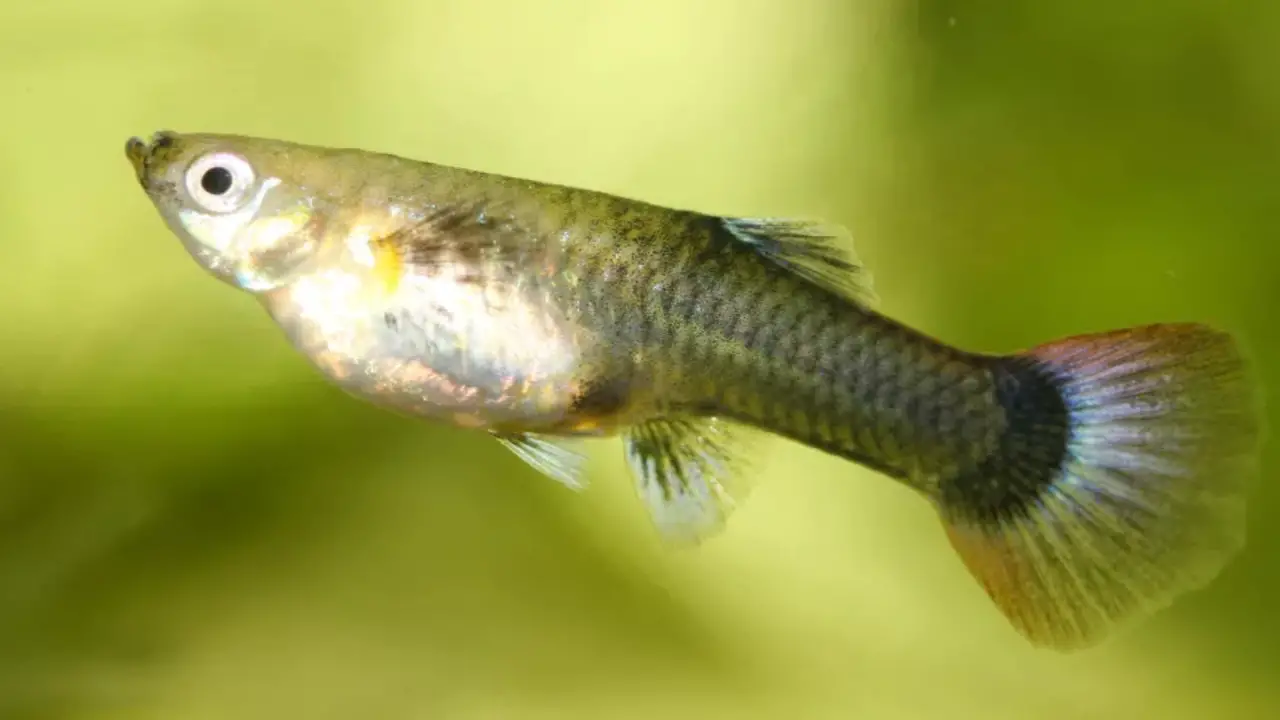
Setting the temperature in the incubator is crucial for successful guppy egg hatching. Keep the temperature between 78-82°F to create an ideal environment for egg development. Use a reliable thermometer to ensure consistent temperature throughout the process.
Turning the eggs daily is important to prevent them from sticking together and ensure even oxygen distribution. Avoid overcrowding the incubator as it may affect the hatching success rate. Additionally, monitor the water quality and maintain appropriate pH and ammonia levels for the healthy development of Guppy-Eggs.
Monitoring The Eggs And Adjusting The Temperature As Needed
To ensure the successful hatching of Guppy-Eggs, careful monitoring is crucial. It is important to adjust the temperature of the water to promote proper development. Ideally, the water temperature should be maintained between 78-82°F for guppy egg incubation. Use a reliable thermometer to monitor the water temperature and adjust it as needed accurately.
Additionally, providing adequate oxygen and clean water to the eggs throughout the incubation process is essential for their healthy development. Proper temperature control and close observation will help increase the chances of successful hatching.
Checking On The Eggs Every Day To Make Sure They Are Developing Properly
Regularly monitoring the Guppy-Eggs is crucial for their proper development. Maintaining a consistent temperature and water quality is essential for successful hatching. It’s important to remove any unfertilized or fungus-covered eggs to prevent contamination. Patience is key during incubation, as it can take up to 21 days for the eggs to hatch.
Once hatched, provide the fry with appropriate care and feeding to ensure their survival and growth. You can catch any issues early by checking on the eggs daily and ensuring that the Guppy-Eggs are developing properly.
The Importance Of A Suitable Environment For Guppy-Eggs

Creating a suitable environment for Guppy-Eggs is vital for successful hatching. Ensure your breeding tank offers clean water and ample hiding spaces for the eggs to thrive. Maintain a water temperature between 78-82°F, as this range promotes optimal hatching conditions.
Consider adding a sponge filter to regulate water quality and provide a gentle flow. Avoid using chemicals or medications in the breeding tank, as they can harm the delicate eggs. Providing live or artificial plants also creates hiding spots and a food source for guppy fry to thrive on microorganisms.
Common Mistake When Hatching Guppy-Eggs
When hatching Guppy-Eggs, it is important to be aware of common mistakes that can hinder the successful development of the fry. One common mistake is overfeeding the adult guppies, which leads to excessive waste and poor water quality for the eggs. Another error is overcrowding the tank, which can result in cannibalism and compromised egg development.
Additionally, temperature control is critical, as fluctuations or extremes can harm or even kill developing eggs. It is also essential to separate male and female guppies to prevent overbreeding and stress on the female, which can lead to poor egg quality. Lastly, failing to remove adult guppies from the tank can result in accidental ingestion of the eggs or damage to the fry.
Things To Keep In Mind While Hatching Guppy-Eggs
Maintaining the water temperature between 78-82°F is crucial for successful hatching. Using a separate breeding tank for guppies is recommended to ensure optimal water quality. Providing hiding places like plants or mesh traps can protect the fry from adults. Guppy fry can be fed powdered food or infusoria until they are large enough for regular fish food. Regularly monitoring the eggs and fry is important, removing any unhealthy ones promptly to prevent the spread of disease.
How To Clean The Tank After Hatching Guppy-Eggs
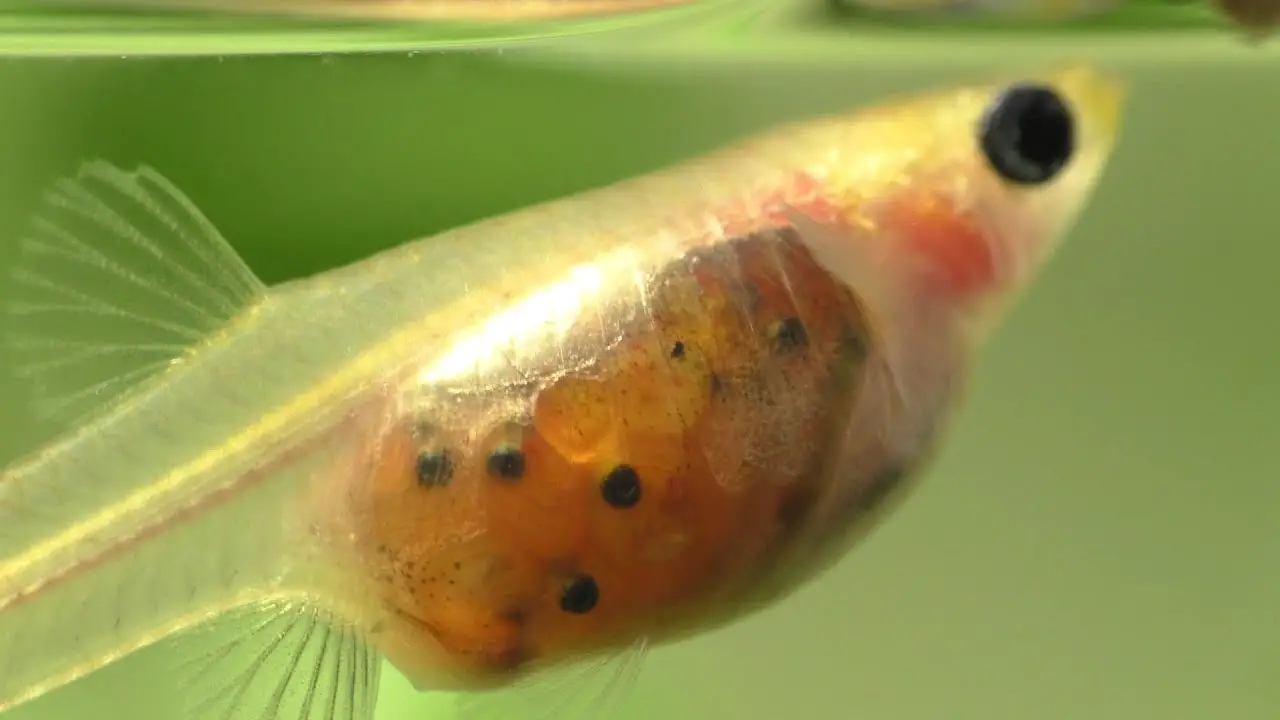
To maintain a healthy and safe environment for the guppy fry after hatching, it is essential to clean the tank properly. Start by removing any leftover food or debris, which can lead to harmful bacteria growth. Use a siphon to vacuum excess debris from the bottom of the tank, ensuring cleanliness.
When changing the water, replace 25-50% using a water conditioner to remove chlorine and harmful chemicals. It’s important not to clean the filter, as it contains beneficial bacteria necessary for the tank’s ecosystem. Regularly monitor the water parameters to ensure a suitable environment for the guppy fry.
Conclusion
To successfully hatch Guppy Eggs, creating the right environment and providing proper care is crucial. Understanding guppy fish’ reproduction process and their eggs’ characteristics is the first step. This includes choosing the right egg incubator, washing and sanitizing the eggs, and maintaining the right temperature and humidity.
Regular monitoring and adjustment of the temperature are essential for successful hatching. Creating a suitable environment for the eggs to develop properly is also important. Avoid common mistakes and consider factors like water quality, feeding, and cleaning the tank after hatching. Following these steps can increase your chances of successfully hatching Guppy-Eggs and raising healthy fry.
Frequently Asked Questions
Can Guppies Lay Unfertilized Eggs?
Guppies can lay unfertilized eggs, but these eggs will not hatch and may be eaten by other fish in the tank. To prevent overpopulation, consider separating males and females or introducing predators. Proper nutrition and water conditions can also increase the chances of successful fertilization.
How Long Does It Take For Guppy-Eggs To Hatch?
Guppy-Eggs typically hatch in around 21-28 days, but the exact time can vary depending on water temperature and conditions. After hatching, providing proper care and food for the fry is crucial. Regular monitoring and tank maintenance increases the chances of successful hatching.
Do Guppies Lay Live Babies?
Guppies are livebearers, meaning they give birth to live babies instead of laying eggs. The male guppy fertilizes the female’s eggs using a modified anal fin called the gonopodium. Guppy fry are born swimming and feeding; a single female can produce up to 200 fry at once.
How Many Babies Does A Guppy Have?
A female guppy can give birth to various babies, ranging from 20 to 200. The quantity of offspring depends on factors like the size and age of the female and the tank conditions. Guppies are livebearers, meaning they deliver fully formed fry instead of laying eggs.
Do Guppy Fish Lay Eggs?
Guppy fish are livebearers, meaning they give birth to live babies instead of laying eggs. However, there may be instances where female guppies accidentally release unfertilized eggs or dead fry. Removing such eggs from the breeding tank is important to maintain water quality.

Aquarium passion is all about connecting with the aquatic life and providing education to the public on the importance of these creatures. We showcase a wide variety of marine life through our exhibits as well as working with schools to provide unique learning opportunities for students of all ages.


